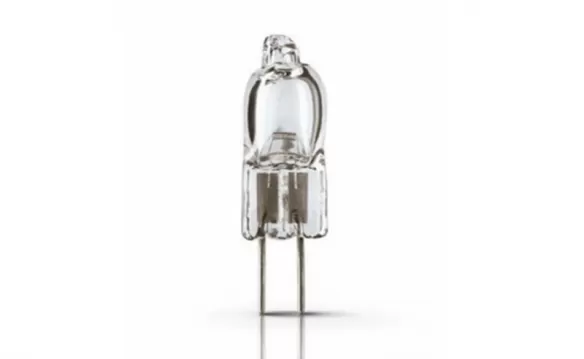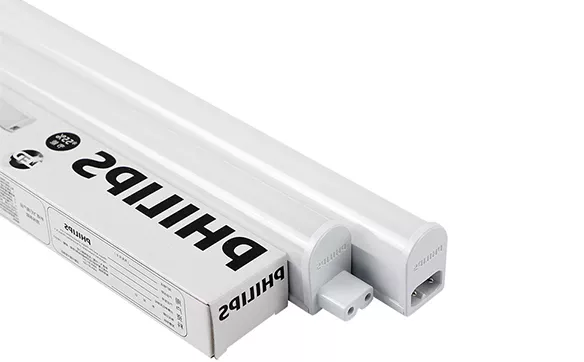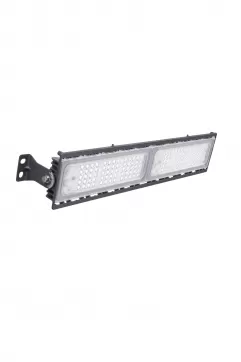How Does It Work: LED Street Light vs Normal Street Light
When it comes to the technical nitty-gritty of how LED street lights and regular street lights work, there are several key differences. This includes the way they generate and emit light and the types of energy used.
LED Street Lights
- Light-emitting diodes (LEDs) are used to produce light by passing electricity through a semiconductor material.
- More efficient than traditional lighting, generating up to 90% less heat and using at least 50% less energy.
- LED streetlights dramatically reduce energy consumption and costs.
Traditional Street Lights
- Traditional street lights typically use high-pressure sodium (HPS) bulbs, which generate light by passing electricity through a wire filament until it glows.
- These lights are much less efficient than LEDs, as up to 90% of the energy is wasted as heat rather than being converted into visible light.
In contrast, LED street lights offer superior efficiency and cost-effectiveness. They consume less energy, produce less heat, and have a significantly longer lifespan compared to HPS bulbs. As a result, LED street lights are an excellent option for reducing energy consumption and maintenance costs while still providing ample illumination.

LED Street Light vs. Traditional Street Light: Pros and Cons
When comparing LED street lights to traditional street lights, it’s essential to consider all factors to make an informed decision. Here's a breakdown of the pros and cons of each.
LED Street Lights
Pros:
- Energy Efficiency: LEDs are far more energy-efficient than traditional street lights, requiring less wattage while providing superior illumination.
- Long Lifespan: LEDs last longer than high-pressure sodium and metal halide lamps, reducing the need for frequent replacements.
- Low Maintenance: LEDs require less maintenance and are more reliable in challenging weather conditions.
- Programmability: LEDs can be programmed to dim or turn off after a set time, providing flexibility for different lighting needs.
Cons:
- Higher Initial Cost: The upfront installation cost of LED street lights is higher compared to traditional lighting systems.
- Light Color: LED lights emit a bluish-white light, which can sometimes be harsh, particularly for night-time activities.
Traditional Street Lights
Pros:
- Lower Initial Cost: Traditional lighting systems are generally less expensive to install initially, making them a more affordable option in the short term.
- Warmer Light: The light emitted by traditional street lamps is typically warmer and more pleasant, making it ideal for evening activities.
Cons:
- Energy Inefficiency: Traditional lights require more wattage to provide the same level of illumination as LEDs, making them less energy-efficient.
- Shorter Lifespan: Traditional street lights have a shorter lifespan than LEDs, meaning more frequent maintenance and higher replacement costs.
- Performance in Adverse Weather: Conventional street lights often struggle to perform well in challenging weather conditions, requiring more power to operate.
5 Factors to Consider When Choosing Between Traditional and LED Street Lights
While LED street lights offer numerous advantages over traditional lighting, there are several important factors to take into account when deciding between the two. Here are five key considerations:
1 Lighting Requirements
LED lights come in various types, each producing different levels of illumination. It’s crucial to select the right LED light based on the specific lighting needs of your area. Matching the lighting requirements to the appropriate LED type ensures optimal performance and efficiency.
2 Cost
One of the primary considerations is cost. While LED street lights generally have a higher upfront cost compared to traditional lamps, they are more energy-efficient and have a longer lifespan. If you're working with a tight budget, traditional street lights may be more affordable initially, but in the long run, LED street lights could offer significant savings through reduced energy consumption and less frequent replacements.
3 Light Output
LED street lights usually produce brighter, more concentrated light than traditional lights. If you need high-intensity lighting for large areas such as parking lots or streets, LEDs may be the better choice. However, if lower levels of light are sufficient for your needs, traditional street lights could be more suitable and consume less energy.
4 Maintenance
LED street lights require less maintenance compared to traditional street lights due to their longer lifespan and durability. If minimizing ongoing maintenance costs and effort is important, LEDs are a great option. On the other hand, if you're willing to invest more time and resources in maintenance, traditional street lights, though less efficient, might still be an acceptable choice.
5 Installation
LED street lights often require less installation effort than traditional lighting systems. If you plan to install the lights yourself or prefer a simpler installation process, LEDs might be the more convenient option. However, if you're not concerned about the installation process and are comfortable with the additional work involved with traditional lights, either option could work for you.
By weighing these factors—lighting needs, cost, light output, maintenance, and installation—you can make a more informed decision on whether to choose traditional or LED street lighting.
FAQs About Street Lights
1. What is a traditional street light?
A traditional street light typically uses high-pressure sodium (HPS), mercury vapor, or metal halide lamps for illumination. These lights are powered by the electrical grid and are known for their bright, yellow-orange glow.
2. What is the most common type of street light?
The most common type of street light is the high-pressure sodium (HPS) lamp. It is widely used due to its efficiency, long lifespan, and characteristic yellow-orange light.
3. What is the difference between solar street lights and traditional street lights?
Solar street lights use solar panels to convert sunlight into electricity, which powers the LED lamps, making them energy-efficient and environmentally friendly. Traditional street lights are powered by the electrical grid and often use HPS or other conventional lamps.
4. How tall is a typical street light?
A typical street light stands around 25 to 30 feet (7.6 to 9 meters) tall, though the height may vary depending on the location and specific purpose of the light.
































